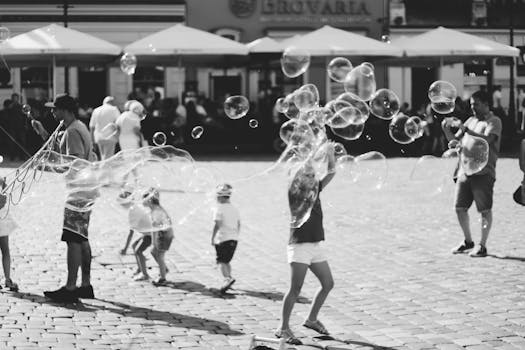
Urban Green Spaces: The Future of Outdoor Living in European Cities by 2025
Urban green spaces are becoming increasingly important for the future of outdoor living in European cities. By 2025, these spaces will play a vital role in promoting sustainability, improving air quality, and enhancing the overall quality of life for citizens. Urban Green Spaces are areas of land that are covered with grass, trees, and other vegetation, providing a peaceful escape from the hustle and bustle of city life.
Introduction to Urban Green Spaces
Urban green spaces have been a feature of European cities for centuries. From the grand parks of London to the picturesque gardens of Paris, these spaces have provided a tranquil oasis for citizens to relax, socialize, and connect with nature. However, in recent years, the importance of urban green spaces has taken on a new dimension. With the increasing threat of climate change, urbanization, and pollution, these spaces are now recognized as a vital component of sustainable urban planning.
The Benefits of Urban Green Spaces
The benefits of urban green spaces are numerous and well-documented. Some of the most significant advantages include:
- Improved air quality: Urban green spaces help to absorb pollutants and particulate matter, improving the overall air quality in cities.
- Enhanced biodiversity: Urban green spaces provide a habitat for a wide range of plant and animal species, helping to maintain biodiversity in urban areas.
- Increased physical activity: Urban green spaces provide opportunities for outdoor recreation, sports, and physical activity, helping to promote healthy lifestyles.
- Improved mental health: Spending time in urban green spaces has been shown to have a positive impact on mental health, reducing stress and anxiety.
- Economic benefits: Urban green spaces can increase property values, attract tourism, and stimulate local economies.
Challenges and Opportunities for Urban Green Spaces
Despite the many benefits of urban green spaces, there are also several challenges and opportunities that need to be addressed. Some of the key issues include:
- Urbanization and land use: The increasing demand for urban land is putting pressure on existing green spaces, leading to the loss of habitats and ecosystems.
- Climatic changes: Climate change is altering the distribution and prevalence of plant and animal species, requiring urban green spaces to adapt to these changes.
- Funding and resources: The maintenance and management of urban green spaces require significant funding and resources, which can be a challenge for local authorities.
- Community engagement: Urban green spaces need to be designed and managed in a way that engages local communities and promotes social cohesion.
Case Studies of Urban Green Spaces in European Cities
There are many examples of successful urban green spaces in European cities. Some notable case studies include:
- The High Line in New York City: An elevated park built on an old rail line, providing a unique green space for recreation and socialization.
- The Park Güell in Barcelona: A public park designed by Antoni Gaudí, featuring stunning architecture and beautiful gardens.
- The Hampstead Heath in London: A large park providing opportunities for outdoor recreation, sports, and relaxation.
Conclusion and Future Directions
In conclusion, urban green spaces are a vital component of sustainable urban planning, providing numerous benefits for citizens, the environment, and the economy. By 2025, these spaces will play an increasingly important role in promoting sustainability, improving air quality, and enhancing the overall quality of life for citizens. To achieve this, it is essential to address the challenges and opportunities facing urban green spaces, including urbanization, climatic changes, funding, and community engagement.


